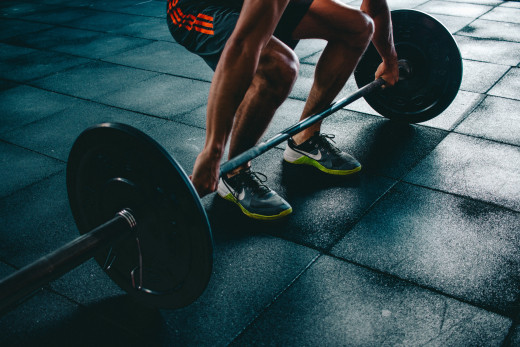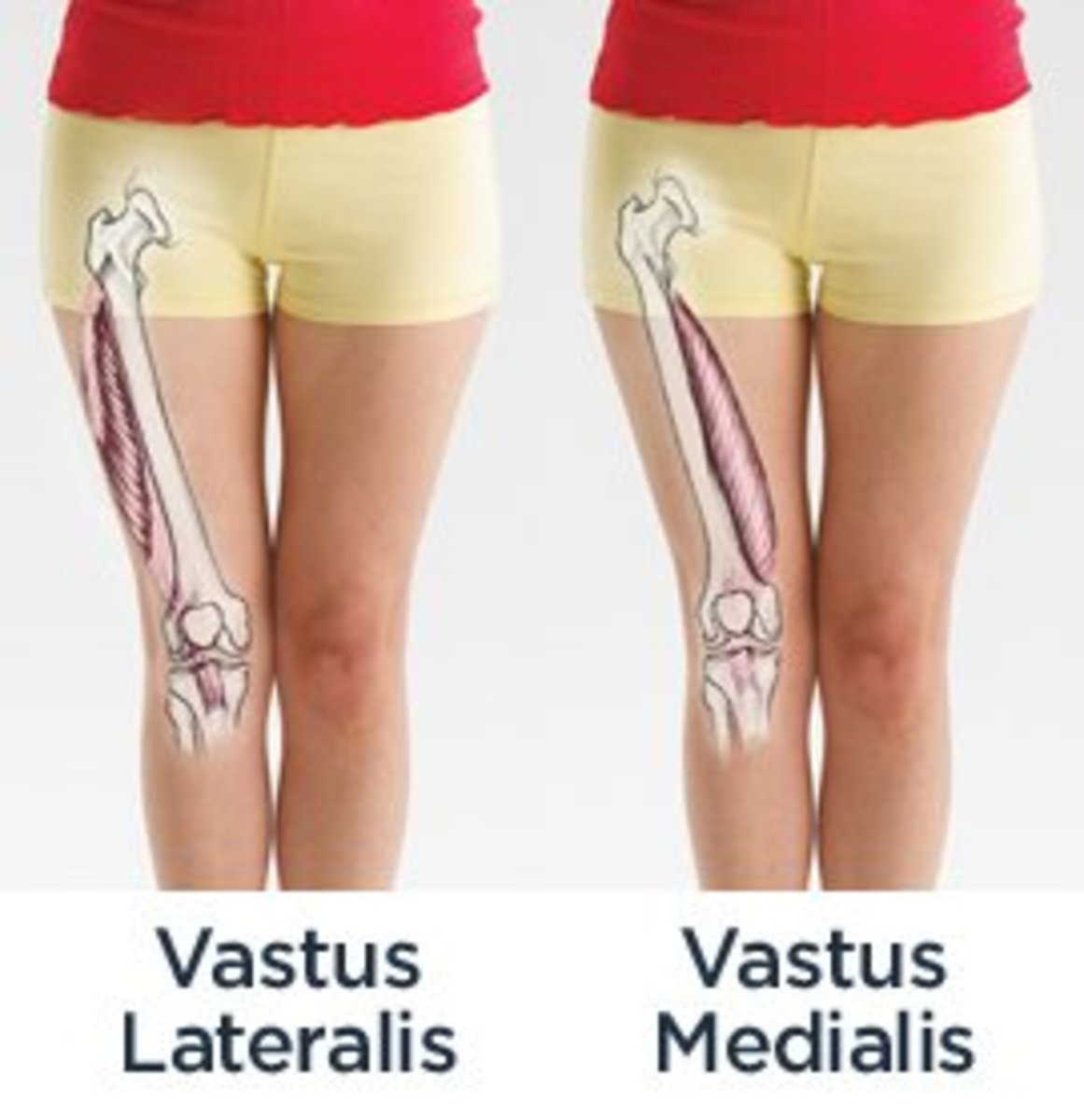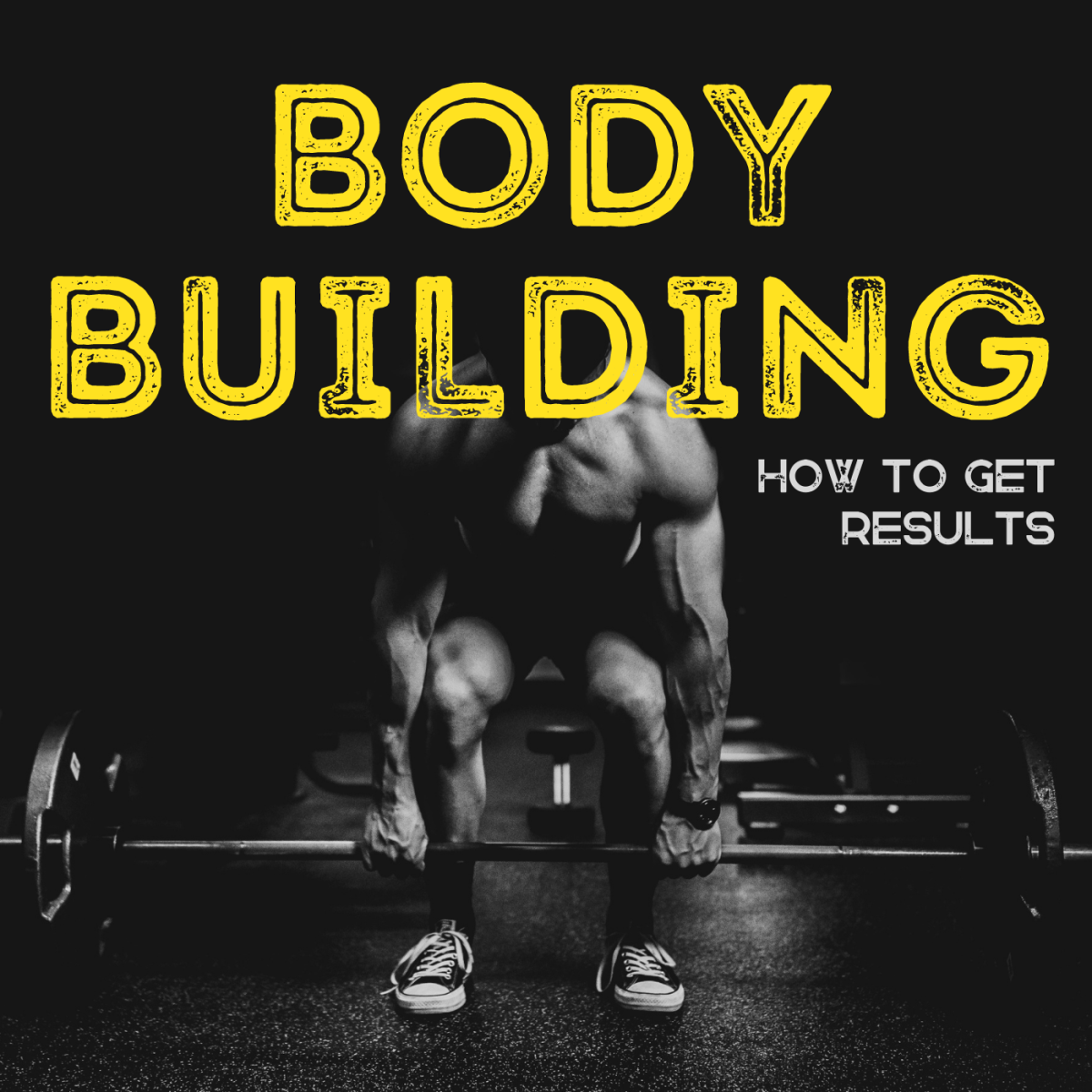- HubPages»
- Health»
- Exercise & Fitness»
- Weight Training
How to Identify and Correct Muscle Imbalance and Asymmetry

What is Muscle Imbalance?
Why does muscle imbalance happen in some, but not others? The answer is not simple and our predicament is usually due to a combination of factors the leading of which are improper exercise programming or poor form, sedentary lifestyle and general inactivity, posture, our daily activities, or even genetics and natural body development.
If you think you have a muscular imbalance, it may be because you also suspect that your routine is doing you some disservice or it may simply be because you are predisposed to it. Regardless of the cause, there are several ways to begin to address this issue that will pave the way for you to achieve the physique or mobility you want.
While we will discuss the aesthetic side of things as well here, it is important to emphasize that muscle imbalance is not simply a concern of appearance and that muscular imbalances predispose us to injury and numerous chronic pains we would all rather avoid or nip in the bud.
To explain muscle imbalance in very simple terms - it happens when certain muscles in your body are stronger and usually larger and more developed than others.
Common Causes of Muscle Imbalance and Muscle Asymmetry
The leading cause of muscle imbalance are movements we perform repetitively in our daily lives. This is typically something that happens to us due to work as we often perform the same tasks over and over throughout the day, and it involves remaining sedentary as well.
When muscles shorten and remain so throughout a period, this may lead to eventually making them "frozen" in that contracted state, the chain-reaction of which often leads to other muscles overcompensating and the joints moving to an unnatural position.
If we find ourselves performing the same physical action frequently, it is worth thinking about whether our posture is good or if there are any tweaks we can start consciously implementing to protect our musculoskeletal system.
To give an example of how muscle imbalance frequently manifests, we can simply observe a normal office-worker. This person remains sedentary throughout the day - their hips are flexed when seated (a contraction of the hip flexors) and their glutes are asleep. Over time, this potentially leads to tout hip flexors and weak gluteal muscles, eventually resulting in lower back pain.
Muscle asymmetry is more obvious in people who exercise frequently. Granted, no one is perfectly symmetrical and that should not even be a fleeting concern for most, but it is worth emphasizing that poor workout routine programming is a big factor here.
Here, we need to make sure that we have a good mind-muscle connection to spot strength and balance discrepancies early. Things to keep in mind are some of the following:
- Our bodies are made to move through multiple planes of motion so emphasizing exercises that focus on only one or two is not the best idea.
- Overtraining a certain muscle group for aesthetic gains can lead to muscle imbalance in the long run.
- Your form is more important than output as incorrect form leads to imbalances or injuries.
Poor posture due to a sedentary lifestyle and inactivity often causes imbalances in hips, but also back and shoulder muscles. Being seated for a prolonged time lengthens the back muscles and shortens the shoulder muscles, frequently causing soreness and pain we should not be ignoring.
There are many more examples of causes we could discuss, but it is time we move on to how to identify these imbalances and asymmetries once they happen.
Do you have muscle imbalance?

How to Identify Muscle Imbalance
There are some relatively simple ways to identify muscle imbalances and asymmetries, so let us list some without delving into the minutia:
- Photos - Taking photos of your body from different angles helps notice bad posture and imbalances. This kind of change in perspective is sometimes enough to notice if some muscles of your body are tighter or larger than their antagonizing muscles (think biceps vs triceps, glutes/hamstrings vs quads, chest vs back)
- Mirror - Same principle as above, albeit a bit harder to spot back issues. Nevertheless, we should be able to notice any posture issue that needs correcting such as shoulder and head positioning, anterior or posterior pelvic tilt, and so on.
- Strength differences - It is easy to notice even in normal motion when a muscle group is lagging, and if we have a good mind mind-to-muscle connection, we may be able to tell which muscle group is overcompensating. Muscle asymmetries are easy to notice if missed in mirrors or photos as we will typically have a disparity between two sides (being able to lift more with right compared to the left arm is common).
- Aches and pains - Learning to listen to your body is key in this one. If our shoulders are constantly tight that is usually a result of improper alignment of the body or slouching forward.
Preventing Muscle Imbalance
To avoid finding ourselves injured or with aching joints, we need to have an idea of how our bodies work to be able to preempt any muscular issue in the future.
Using the steps above to identify the problem should already give you at least a vague idea of what the next steps should be.
For example, incorporating workouts that focus on body function as opposed to muscle growth is extremely helpful in the long run. Moving our bodies through all the planes of motion it is designed to move in is beneficial in ensuring that all your muscles work in synergy. For those uninterested in gaining huge muscles, this may mean dedicating a few days a week to do some simple bodyweight full-body workouts.
In the case of asymmetric development or growth, we should make sure to hit muscles on both sides of the body evenly to avoid any issue or aesthetic concern in the future.
Muscle imbalances lead to some of the following if neglected:
- Problems with mobility that may escalate as we age.
- Aches and pains, that can become debilitating and diminish the quality of our daily lives.
- Unbalanced physical appearance that may worsen over time.
Strategies to Correct Muscle Imbalance and Asymmetry
Some ways to begin fixing imbalances and asymmetries are as follows:
- Correct your posture - When we were kids, our seniors often told us to "stop slouching" and "straighten up". It is never late to start listening. A piece of advice that is simple to follow is to find an image of proper posture and keep it in the back of the mind. Consciously correct your posture until it becomes the new normal.
- Mind your form - When working out, seek help from someone more experienced or look up a video of someone performing the exercise correctly. Mirrors are very useful for this, as well as recording yourself and comparing it to a video of the exercise completed in proper form.
- Do unilateral exercises - If you, for example, do a lot of barbell work, substitute some of that for dumbbells and have your weaker side set the pace. If you can do 12 repetitions of a bicep curl on your left side, for example, and 16 on your right with the same weight, do 12 repetitions for each side. Allow the weaker muscles to catch up.
- Do not skip warm-up - stretch and activate the muscle groups you are going to work for the day, with emphasis on your weak points.
- Consult a specialist - If your issues are caused by spinal and joint dysfunction such as scoliosis, for example, it is always better to consult a rehabilitation specialist or a personal trainer who is well-versed in helping people in these scenarios.
Learn Mind-Muscle Connection
Mind-muscle connection implies that you have a good mental connection with your body when you move or exercise. The basic principle is to be focused on and attentive to the muscles that are doing the hard work throughout a motion being performed.
This technique is not only helpful in achieving better results - but it is also a way to notice when something is amiss, which includes any imbalances or discrepancies in strength, the appearance of the muscle, and so on.
A helpful way to develop this is to actively visualize by using mirrors for example, or even touch a muscle while it is working if possible to get the feel of what is happening. Over time, this mechanism becomes natural to us and once we are in a position of knowing what our body can do, we are also primed to spot any issues as soon as they crop up.

Bottom Line
A helpful thought to keep in mind is that each body is designed perfectly to work as a system and each part of that system has a role to play. When we do not maintain certain parts of the system or neglect them fully, this leads to weaker parts affecting everything else in a domino-effect that is for the most part fully preventable.
Regardless of our concerns being aesthetic or functional, developing an understanding of how we function is a huge leap forward toward our goals, whatever those may be.
This content is accurate and true to the best of the author’s knowledge and is not meant to substitute for formal and individualized advice from a qualified professional.
© 2020 Ellie Lowe








